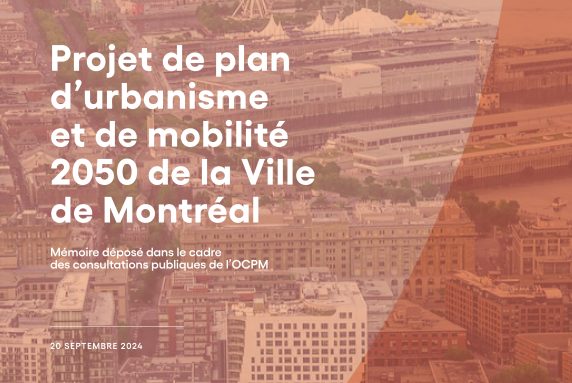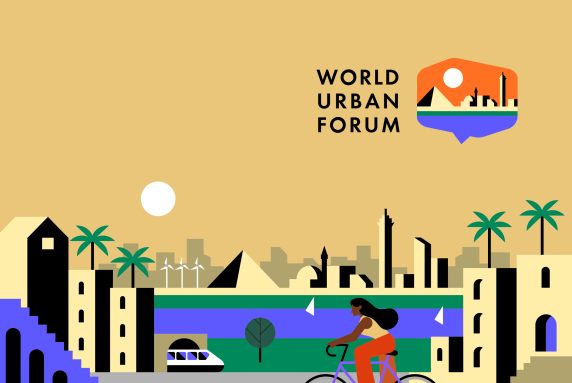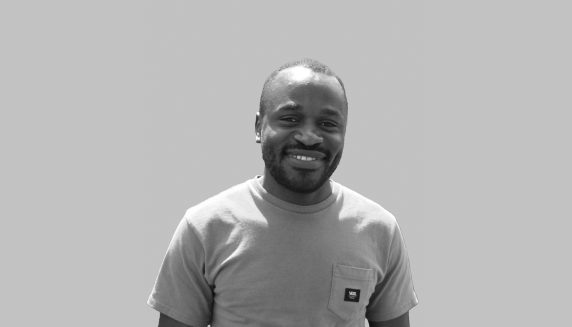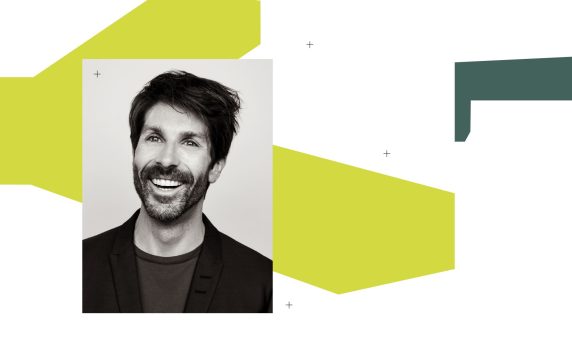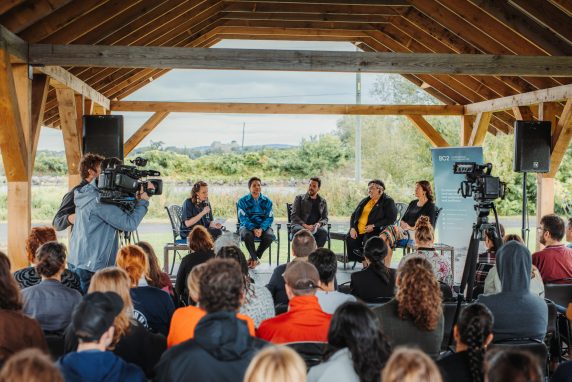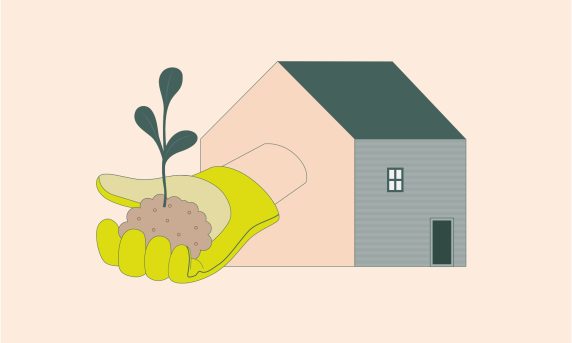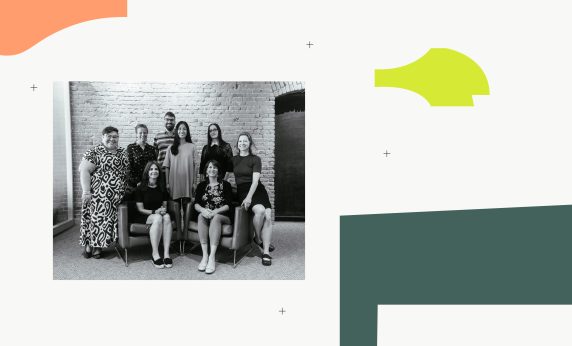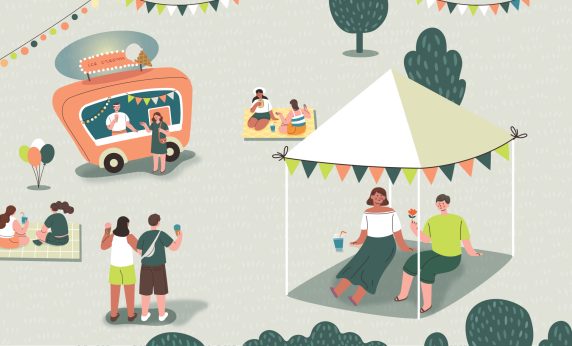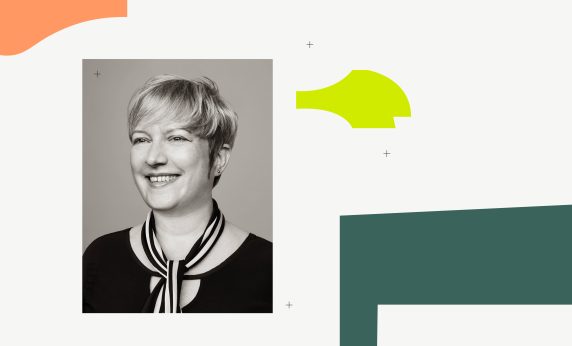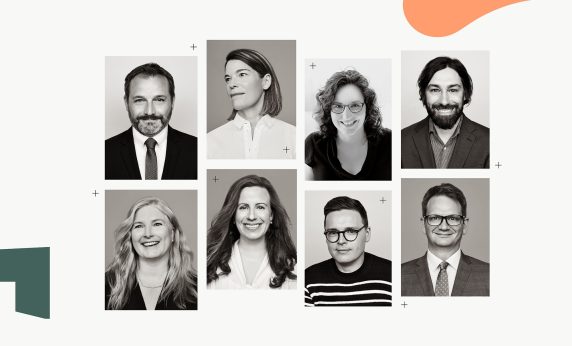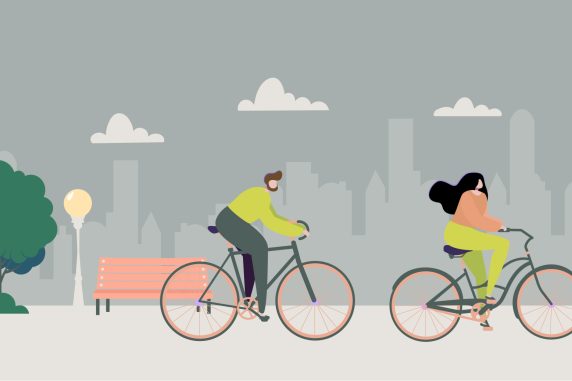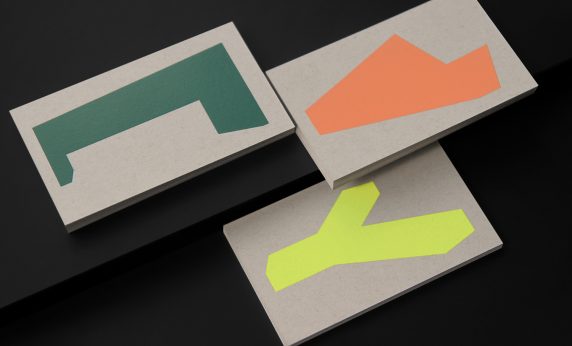Land use planning is transforming our living environments. Our experts dissect the issues raised by current events and share the news and ideas that make us progress together.
Articles
Is it possible to design cities to be inclusive and non-discriminatory?
Chapters
During Diversity Month in Montreal, BC2 tackled the concept of inclusive urban design. How we live, work, play, travel and relax is determined by cities and their urban design. Our urban spaces must rise to the challenge and meet a full spectrum of needs, including those of the most vulnerable, including women, young people, gender minorities and people living with disabilities. How can we design cities that are inclusive and free from discrimination to shape the cities of the future?
Last June, our team took part in a day of reflection and discussion organized by the REsPIRE organization, as part of the TRYSPACES Métamorphoses urbaines symposium and in collaboration with the Centre de recherches interdisciplinaires en études montréalaises (CRIEM, McGill). This event aimed to highlight common experiences integral to young women’s identities in various urban contexts and their place in urban public spaces. The goal was also to review the ability of cities designed and developed predominantly by male experts who identify as heterosexual and cisgender to develop urban designs that reflect these users’ needs and preferences.
Julia King, Senior Research Fellow at the London School of Economics and Political Science (LSE Cities) presented her research on young women’s access to public space in the UK and their interactions with public facilities. She reported that “young women constantly negotiate the need to use and seek out public space for autonomy, privacy, socialization, independence, relaxation and fun, while constantly navigating the need to stay safe, experiencing feelings of exclusion, judgement and discomfort, and being aware that their needs are neither heard nor met.”[1] Dr. King also refers to the results of a 2012 Swedish study which showed that for young people over the age of eight, parks and public spaces are 80% dominated by boys.[2] Ten fundamental principles determined by the young women who took part in the research project could help public spaces be better thought out and designed by committed stakeholders:
- Accept, recognize, and prioritize the concerns and needs of girls and young women without excluding boys.
- Promote inclusive and non-judgemental places (public space design solutions that work better for everyone).
- Create more accessible spaces (physically, socio-economically and in regard to transportation).
- Focus on feelings and creating spaces that evoke positive emotions rather than financial gain.
- Support the right of young women and different groups to have their needs and desires taken into account in public spaces and put in place improved and more numerous safety parameters.
- Innovate in the design of public spaces and explore new forms of facilities for young people.
- Reject tokenism and involve users in meaningful, actively anti-discriminatory and diverse consultation.
- Design public spaces with facilities that allow people to linger (better quality, free public toilets for young women – and for everyone else – and essential facilities).
- Creating intentional spaces, with or without a specific purpose.
- Better approach and commitment to social change.
These principles can help improve urban design and space for gender diversity, beyond the difficulties faced by young girls in the UK. Women, gender minorities and people living with disabilities could fully contribute to the economic development of cities, their creative signature, and their identity by using space in conditions that are perceived as safe and adapted to their reality.
[1] King, Theocharides-Feldman, 2022
2 Blomdahl et al, 2012
Please check the source material (in English) to ensure it is quoted verbatim.

